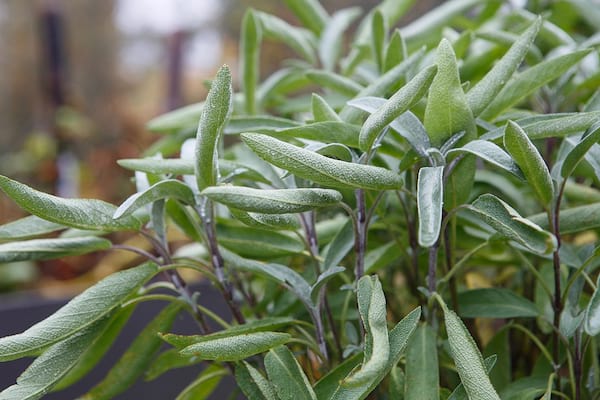Plant-based drugs have been integral to traditional medicine for centuries, with many modern pharmaceuticals tracing their origins to botanical sources. While widely known plant-based drugs like aspirin and morphine have become household names, there are numerous lesser-known ones that have played vital roles in healing practices across different cultures.
These lesser-known drugs, derived from unique plants around the globe, offer fascinating insights into the diverse and rich history of natural medicine. This article explores some of these plant-based drugs, shedding light on their origins, uses, and potential benefits.
The Power of Plants in Traditional Medicine
Plants have long been used in traditional medicine systems, from Ayurveda in India to Traditional Chinese Medicine. These systems have relied on the therapeutic properties of various plants to treat a wide range of ailments.
While some plant-based drugs have entered mainstream medicine, others remain relatively obscure but no less significant.
1. Ayahuasca – The Amazon’s Sacred Brew
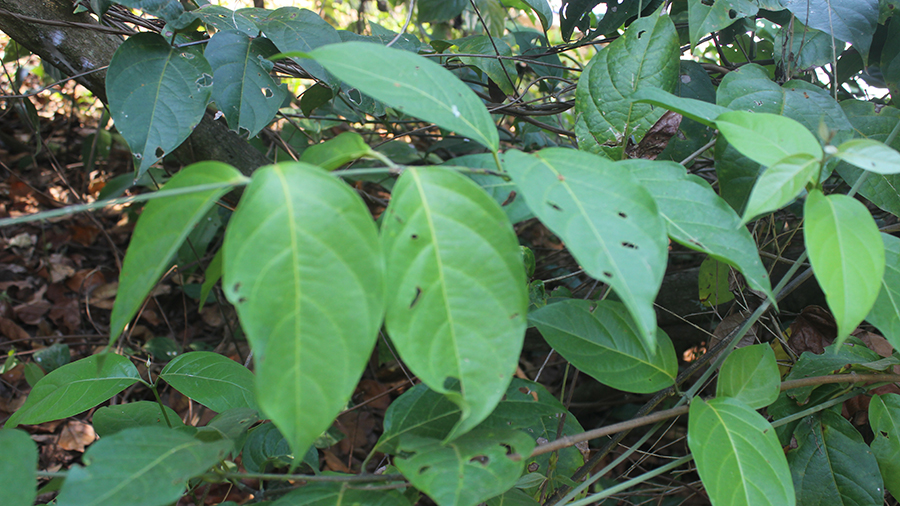
Originating from the Amazon rainforest, Ayahuasca is a potent brew made from the Banisteriopsis caapi vine and the Psychotria viridis plant. Traditionally used by indigenous tribes for spiritual and healing purposes, Ayahuasca is known for its psychoactive effects, primarily due to its DMT (Dimethyltryptamine) content.
The brew induces altered states of consciousness, which shamans believe can lead to profound spiritual insights and emotional healing. While Ayahuasca has gained some popularity in the West for its potential mental health benefits, its use is still largely confined to ceremonial settings in South America.
2. Iboga – Africa’s Ancient Healing Root
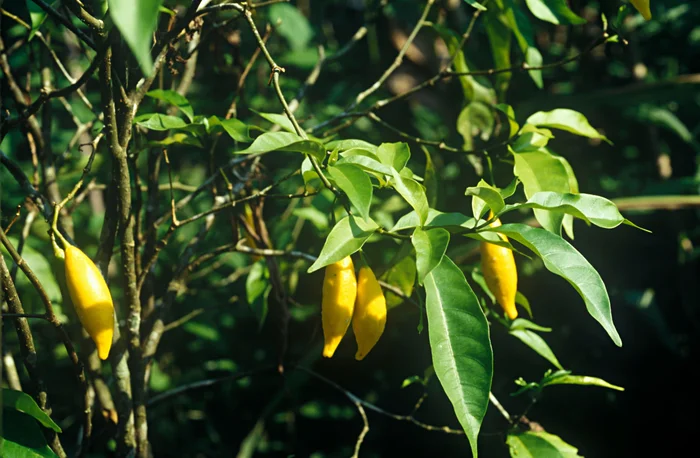
Iboga, a plant native to Central Africa, particularly Gabon, has been used for centuries in traditional Bwiti ceremonies. The root bark of the Tabernanthe iboga plant contains ibogaine, a powerful psychoactive substance.
Iboga is primarily known for its use in spiritual rituals, where it is believed to facilitate deep introspection and healing. In recent years, ibogaine has attracted attention for its potential in treating addiction, particularly opioid dependence.
However, due to its intense effects and the need for careful supervision during use, iboga remains largely within the realm of traditional African medicine.
3. Kratom – Southeast Asia’s Versatile Leaf
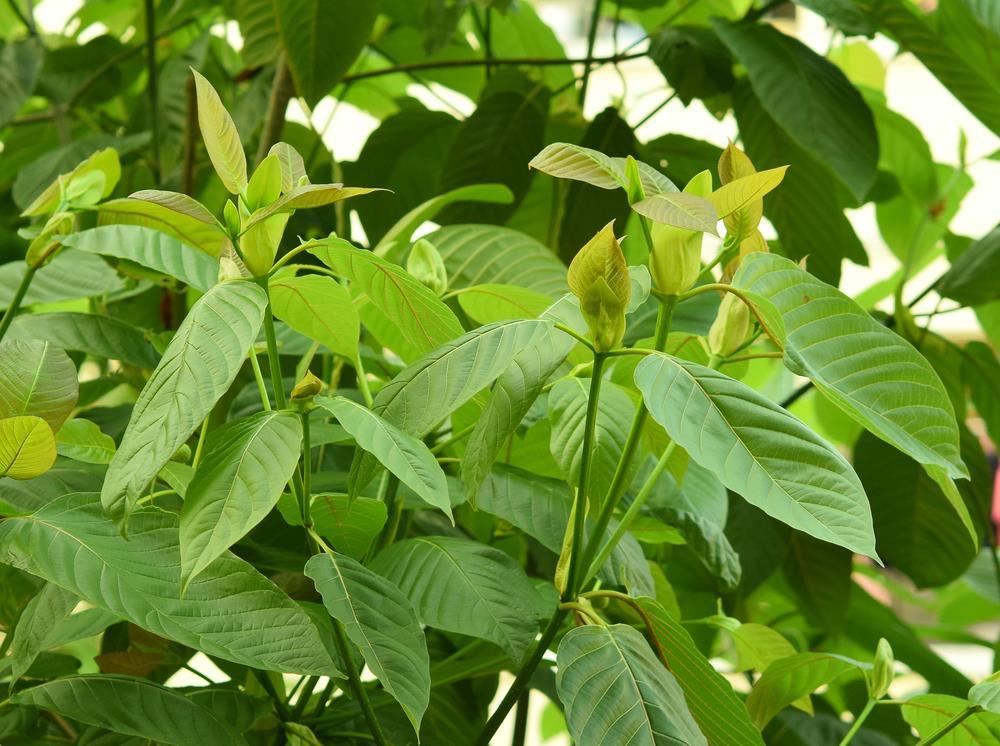
Kratom, derived from the leaves of the Mitragyna speciosa tree, has been used in Southeast Asia for centuries. The leaves can be chewed, brewed into tea, or ground into powder and are known for their stimulating and pain-relieving properties.
Kratom’s effects vary depending on the dosage: in smaller amounts, it acts as a stimulant, while in larger doses, it provides sedative effects.
Though kratom has been used traditionally for its analgesic properties and as a remedy for fatigue, its use has sparked controversy in the West due to concerns about its potential for abuse and addiction.
4. Sceletium – South Africa’s Mood-Enhancing Succulent
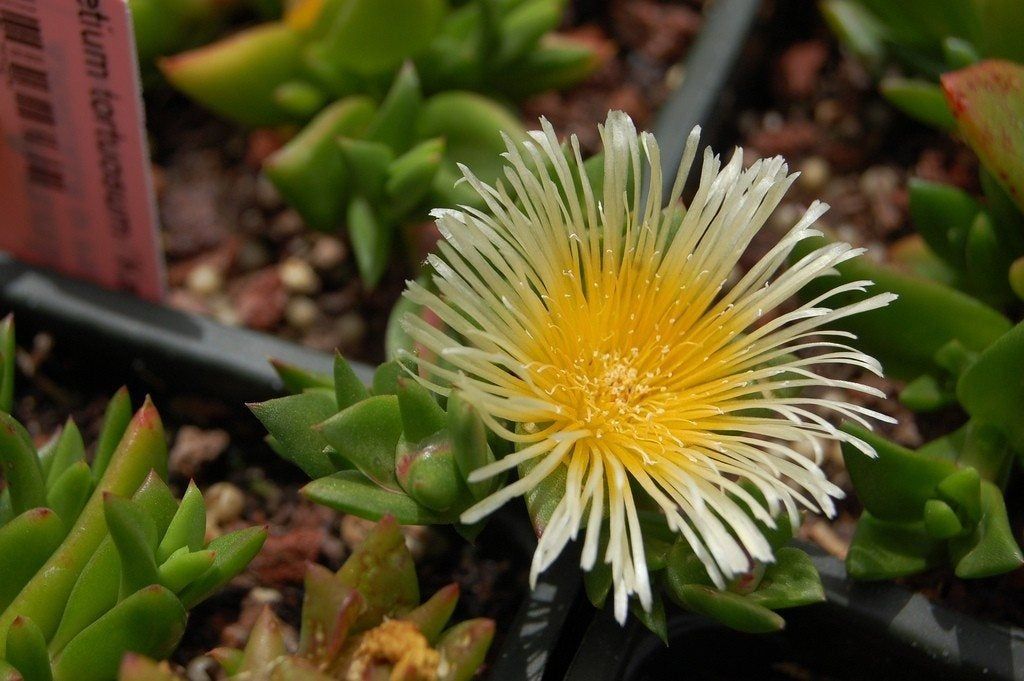
Sceletium, also known as Kanna, is a succulent plant native to South Africa. For centuries, indigenous communities have used Sceletium as a mood enhancer and stress reliever.
The plant contains alkaloids that are believed to modulate serotonin levels in the brain, contributing to its mood-enhancing effects. While Sceletium is gaining recognition as a natural supplement for improving mood and reducing anxiety, it remains relatively unknown outside of South Africa.
5. Amanita Muscaria – Europe’s Enigmatic Mushroom
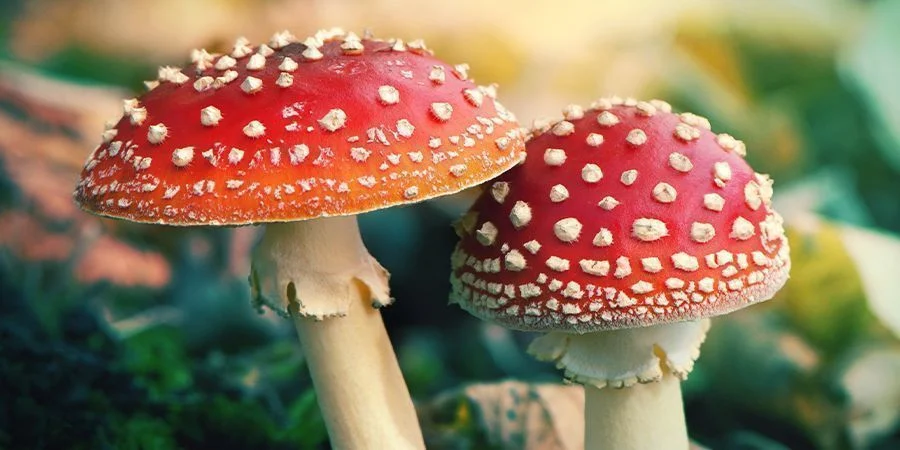
Amanita muscaria, commonly known as the fly agaric mushroom, is one of the most recognizable but lesser-known psychoactive substances. Found across Europe and Asia, this bright red mushroom with white spots has been used in various shamanic traditions for its hallucinogenic properties.
The active compounds, muscimol, and ibotenic acid, induce altered states of consciousness, often described as dream-like experiences.
Despite its historical significance in certain cultures, Amanita muscaria remains less studied and understood compared to other psychoactive substances.
6. Kava – The Pacific’s Calming Elixir
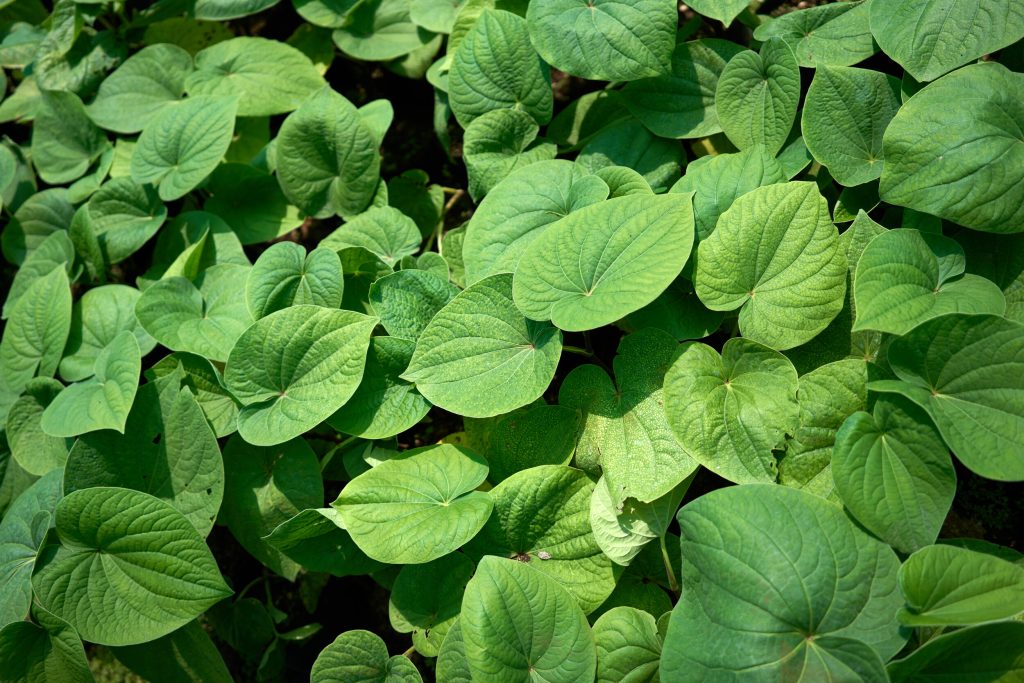
Kava, derived from the roots of the Piper methysticum plant, has been a staple in the South Pacific islands for centuries. This plant-based drug is known for its calming effects and is often consumed in social and ceremonial contexts.
Kava’s active compounds, known as kavalactones, interact with the brain’s neurotransmitters to promote relaxation and reduce anxiety without impairing mental clarity.
Though kava has started to gain recognition in the West as a natural remedy for anxiety and stress, it remains lesser-known compared to more mainstream alternatives.
The world of plant-based drugs is vast and varied, with many lesser-known substances offering unique therapeutic benefits and cultural significance. As interest in natural medicine continues to grow, these plant-based drugs are gaining recognition for their potential to address a wide range of physical and mental health issues.
However, it is essential to approach their use with respect for the cultures and traditions from which they originate, as well as an understanding of their potential risks and benefits.
As these lesser-known plant-derived medicines come to light, they remind us of the vast array of natural remedies provided by the world’s flora.

